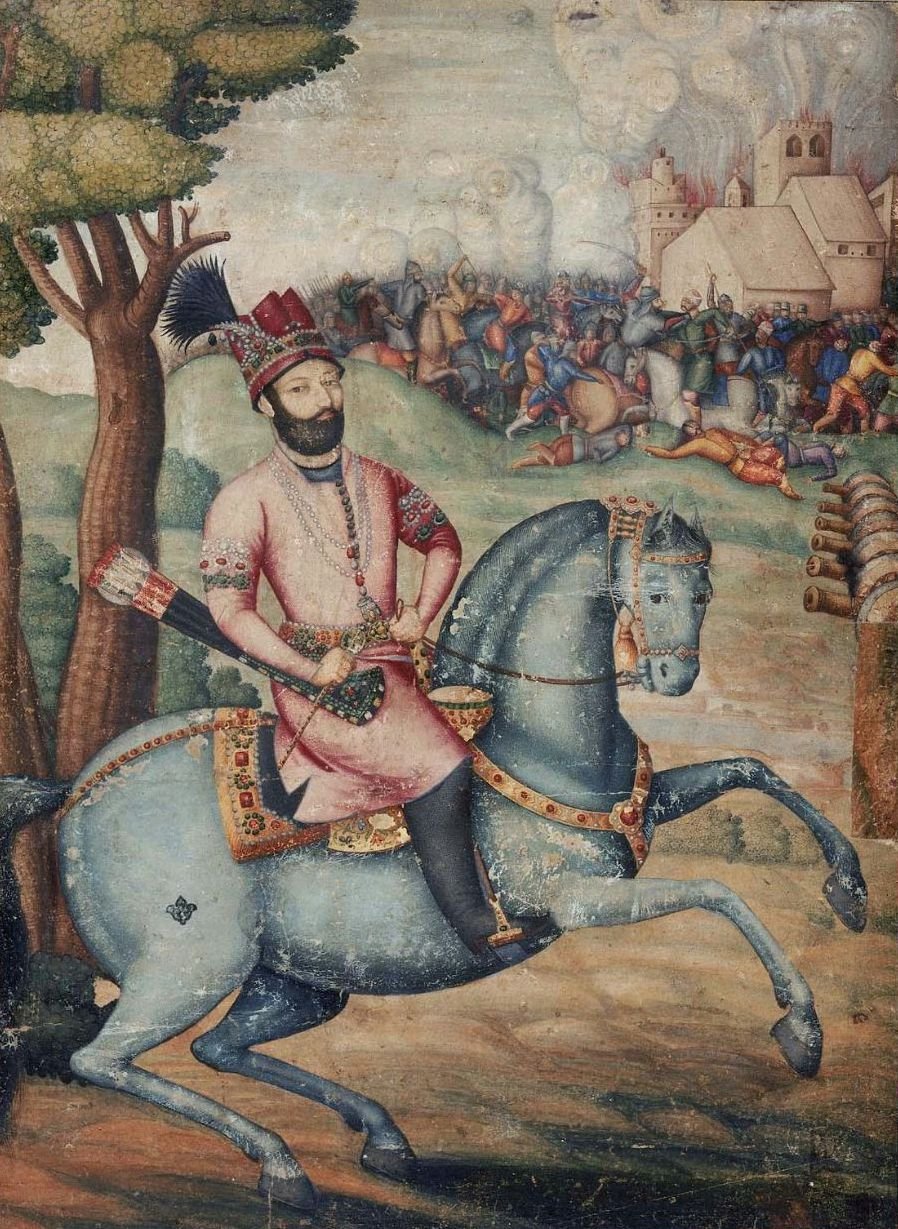1739: Nadir Shah Occupies Delhi
In 1739, the city of Delhi, India, witnessed a momentous event that would forever change the course of Indian history. Nadir Shah, the ruler of Iran, led a military campaign that resulted in the occupation of Delhi and a devastating sack of the city. This event not only showcased the vulnerability of the once mighty Mughal Empire but also highlighted the immense wealth of India that attracted numerous invaders.
The invasion of Nadir Shah was a brutal conquest that left a lasting impact on the Indian subcontinent. The Mughal Empire, which had once been a powerful force in the region, was already in decline by the time of Nadir Shah’s invasion. The empire had been weakened by internal conflicts, political instability, and economic decline. Nadir Shah saw this as an opportunity to expand his own empire and exploit the riches of India.
The sack of Delhi by Nadir Shah’s forces was a scene of unimaginable plunder. The city was known for its wealth and opulence, and it had attracted invaders from across the world for centuries. However, the sack of Delhi in 1739 was particularly devastating. Nadir Shah’s troops looted the city, taking with them an enormous amount of treasure, including the famous jewels of the Peacock Throne.
The Peacock Throne was one of the most magnificent thrones ever made. It was adorned with precious gemstones, including diamonds, rubies, emeralds, and pearls. The throne symbolized the wealth and power of the Mughal Empire, and its loss was a significant blow to the prestige of the empire.
The occupation of Delhi by Nadir Shah also had far-reaching consequences for the Mughal Empire. It further weakened the already crumbling empire and accelerated its decline. The invasion exposed the empire’s inability to defend itself against foreign invaders and highlighted the need for reform and revitalization.
Historical evidence and accounts of the event provide valuable insights into the brutality of Nadir Shah’s invasion. The sack of Delhi resulted in the loss of countless lives and the destruction of the city’s architectural and cultural heritage. The invaders showed little mercy as they ransacked homes, temples, and palaces, leaving a trail of devastation in their wake.
The occupation of Delhi by Nadir Shah was not an isolated event in Indian history. It was part of a larger pattern of invasions and conquests that India had experienced for centuries. The immense wealth of the subcontinent, combined with its strategic location, made it an attractive target for foreign powers.
The invasion of Nadir Shah and the subsequent sack of Delhi serve as a reminder of the complex history of India and the constant struggle for power and dominance. It also highlights the need to preserve and protect the cultural heritage of the region, as well as to learn from the mistakes of the past.
In conclusion, the occupation of Delhi by Nadir Shah in 1739 was a significant event in Indian history. It exposed the vulnerability of the Mughal Empire and marked a further decline for the once mighty dynasty. The sack of Delhi and the plundering of its riches showcased the immense wealth of India that attracted numerous invaders throughout history. This event serves as a reminder of the brutal conquests that shaped the region and the need to preserve and learn from the past.

